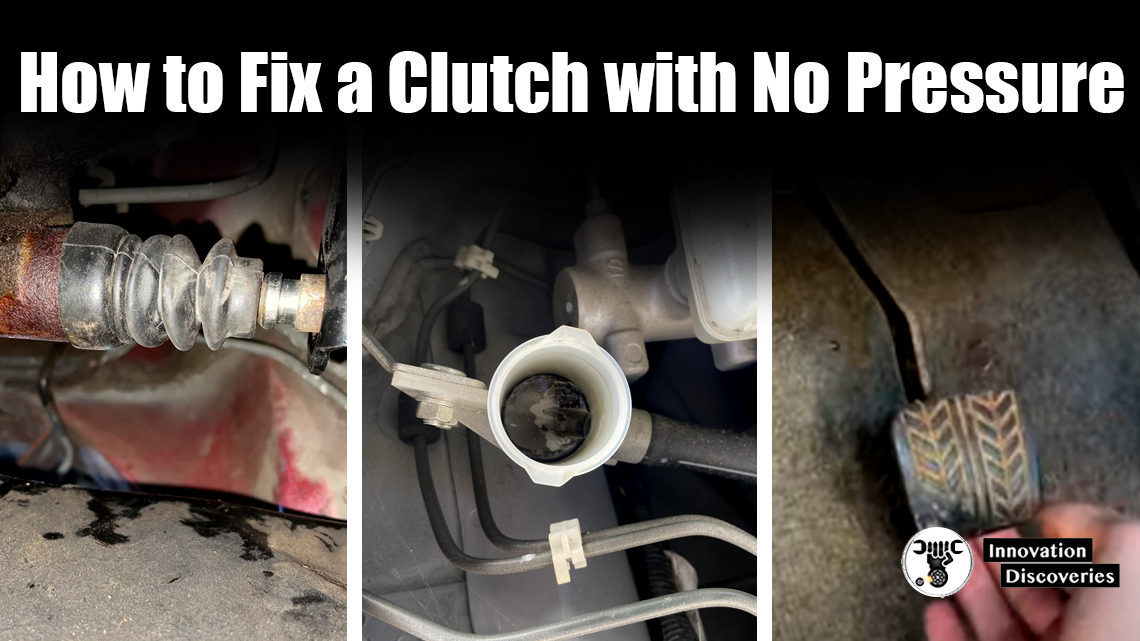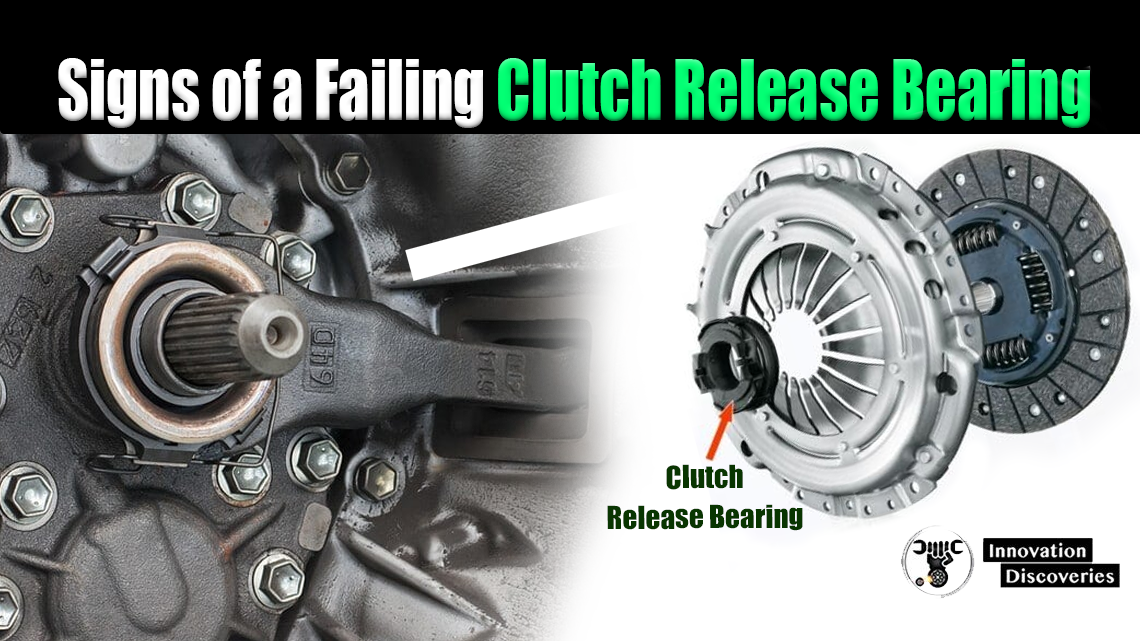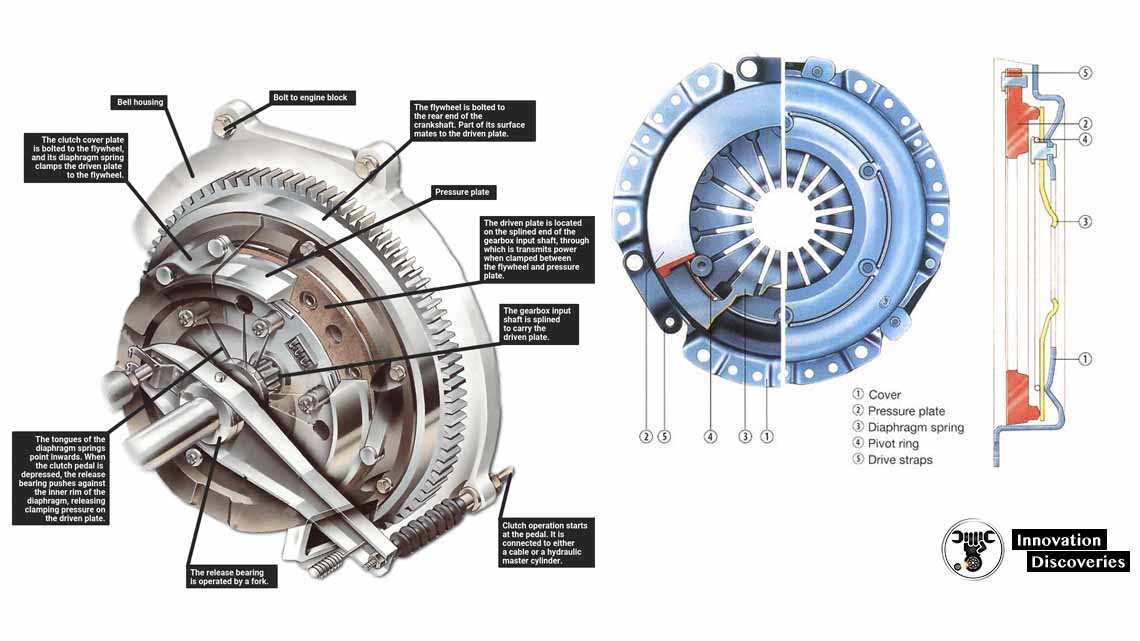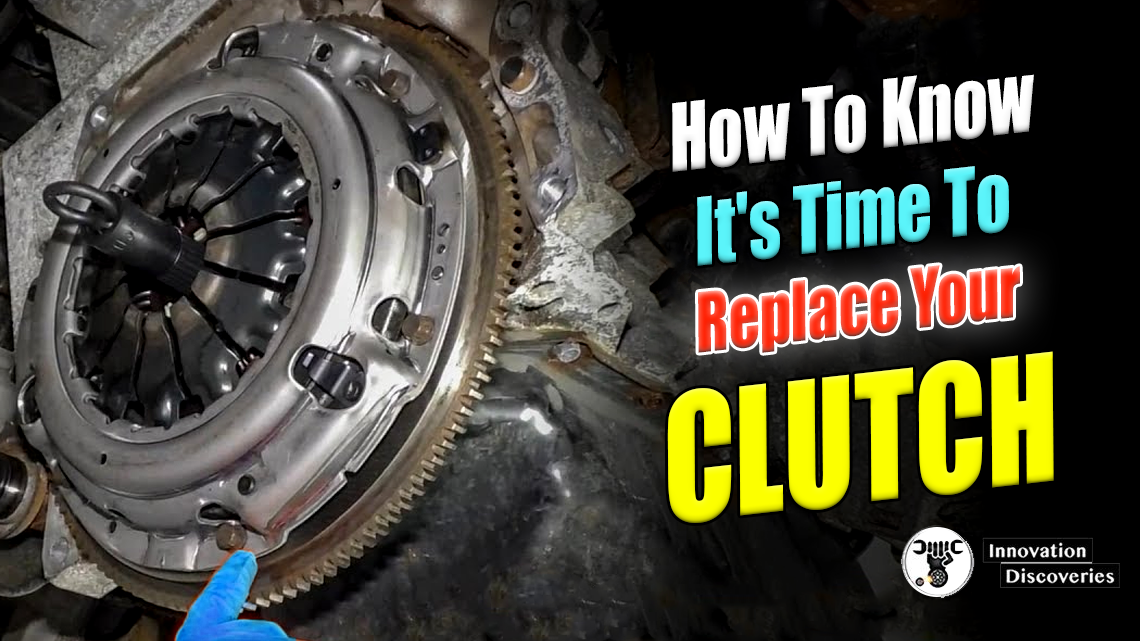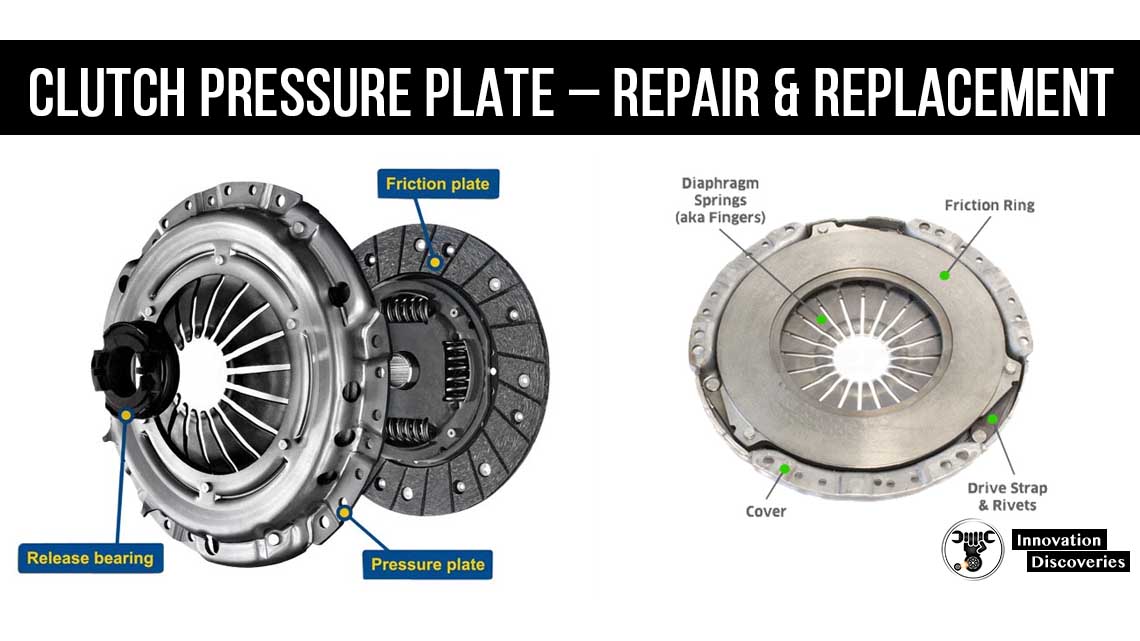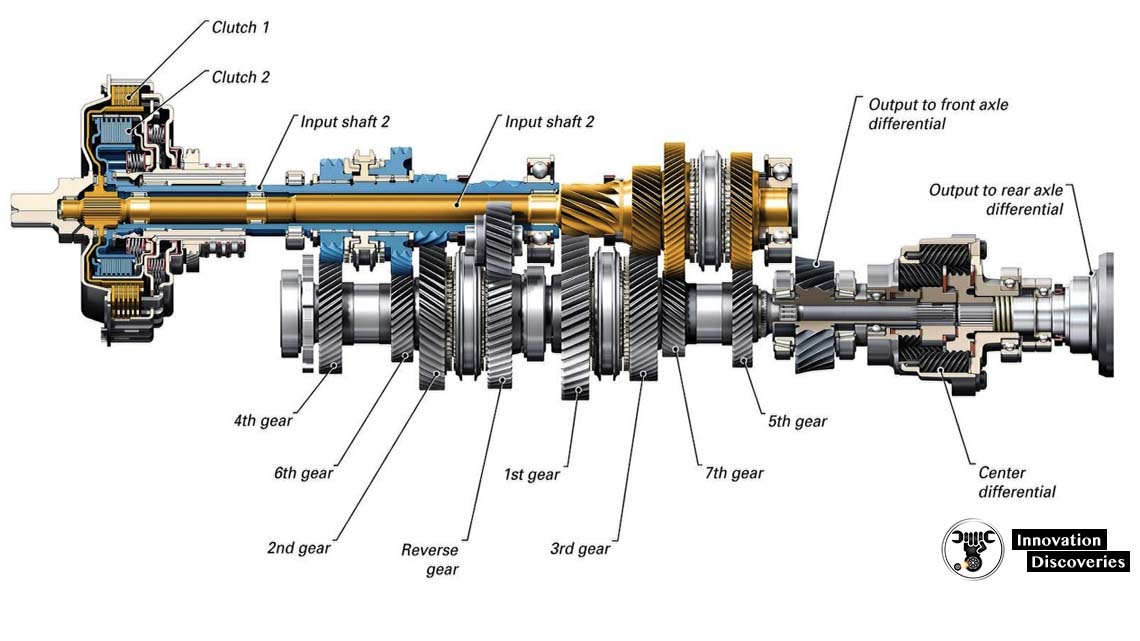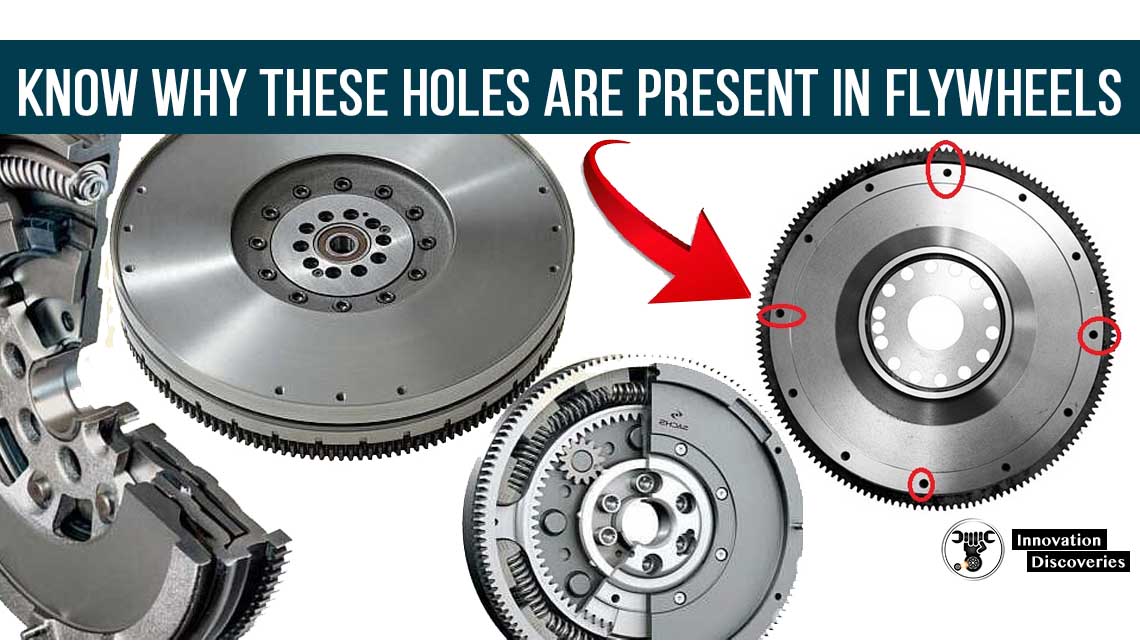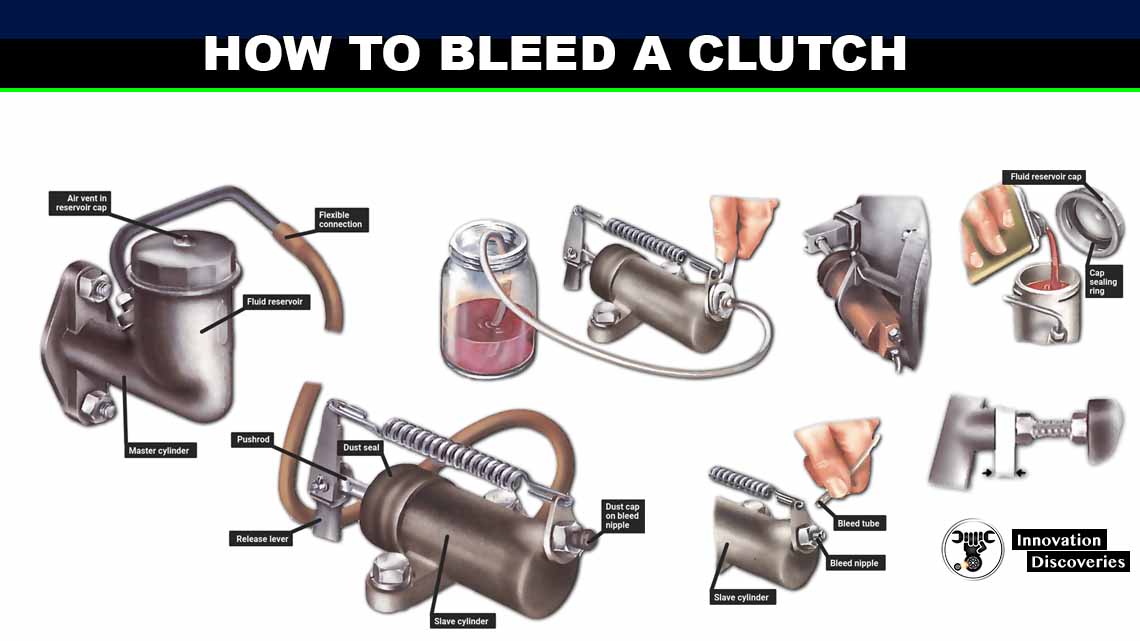
Experiencing clutch issues during extended drives? Learn about the possible causes and preventive measures to keep your vehicle running smoothly.
Understanding Your Vehicle’s Clutch Issues on Long Trips
If you’ve noticed your vehicle’s clutch stops functioning during long trips, only to work again after a period of rest, you’re likely dealing with one of several common clutch issues. Here’s what might be causing the problem, along with practical solutions to keep your clutch in top condition.
Possible Causes of Clutch Failure on Long Drives
| Issue | Symptoms | Solution |
|---|---|---|
| Overheating of Clutch | Slips, won’t engage | Avoid riding the clutch; consider heat-resistant parts |
| Hydraulic Fluid Problems | Soft or unresponsive pedal | Check fluid levels, bleed air from the system |
| Worn Clutch Components | Difficulty shifting, rough engagement | Schedule regular inspections; replace parts as needed |
| Contaminants on Clutch | Slipping, burning smell | Check for leaks, repair promptly |
| Cable Issues (if applicable) | Intermittent function, loss of tension | Inspect and adjust or replace the clutch cable |
Preventive Clutch Care Tips
Regularly Check Clutch Fluid
Low fluid levels or air in hydraulic lines can lead to clutch failure. Check your clutch fluid regularly and keep it topped up to avoid air entering the system.
Don’t Ride the Clutch
Keeping your foot on the clutch pedal while driving can cause it to wear out faster and generate excessive heat, especially on hilly or uneven terrain. Use the clutch pedal only when necessary, like when shifting gears.
Look for Signs of Wear
Feel for vibrations or stiffness in the pedal, listen for squealing or grinding sounds, and note if the clutch is harder to engage than usual. These are early signs of clutch wear that should be inspected by a mechanic.
Real-World Scenarios: Recognizing Clutch Problems Early
- Scenario 1: You’re driving through a mountain pass in heavy traffic, and suddenly, the clutch pedal feels soft and won’t fully engage. This could be overheating, a common issue when the clutch is used repeatedly. If possible, pull over and let the vehicle cool down to prevent further wear.
- Scenario 2: After a long drive, you smell burning and notice the clutch is slipping. This could indicate oil or other fluid has leaked onto the clutch. Contamination can make the clutch less effective until the fluid burns off, so inspecting and fixing leaks early is critical.
Quick Diagnostic Checklist for On-the-Road Clutch Issues
If you experience clutch issues on a trip, here’s a quick checklist you can use for immediate troubleshooting:
- Check Clutch Fluid Levels: Low levels can cause hydraulic failure.
- Look for Leaks: Oil or fluid leaks onto the clutch could indicate contamination.
- Feel the Pedal: If the pedal feels soft or spongy, it may signal a hydraulic issue.
- Listen for Unusual Noises: Grinding or squealing sounds may suggest worn or damaged parts.
- Give the Clutch a Break: If overheating is suspected, pull over and let the vehicle cool down before continuing.
FAQs
Q: How often should I check the clutch fluid?
- For regular maintenance, check clutch fluid levels every few months or before a long trip to ensure reliable clutch operation.
Q: What should I do if my clutch fails mid-drive?
- If your clutch suddenly stops functioning, safely pull over, allow the vehicle to cool down, and avoid using the clutch until you can get professional assistance. This helps prevent further damage.
Conclusion
Understanding why your vehicle’s clutch may fail during long trips allows you to take preventive measures and drive with peace of mind. Proper maintenance, regular inspections, and timely repairs can ensure that your clutch remains reliable, even on the longest journeys.
Discover More:
What are the Main Components of the Gear Box?
CHECKING AND REMOVING A CLUTCH MASTER CYLINDER
Visit Forum
Visit Our Friendly Website



